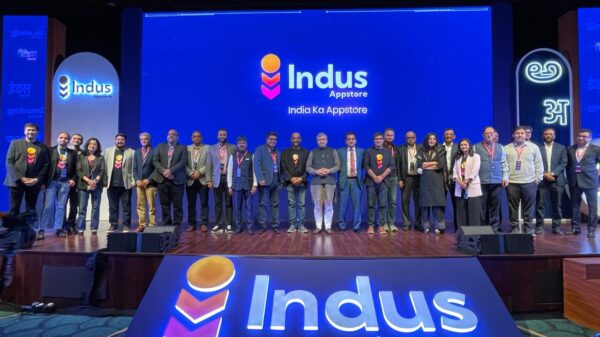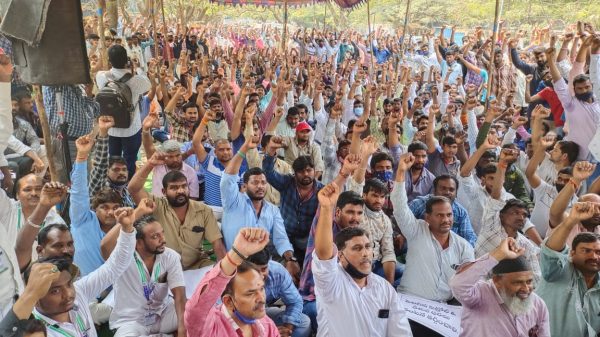"How can you anticipate and mitigate some of the harmful consequences of technology?," asked Madhulika Srikumar, the program lead at Partnership on AI, during a session of the Observer Research Foundation's CyFy event held on October 21. The session focused on the roles of multiple stakeholders in curbing dark patterns but also, more broadly, on curbing harmful impacts of technology while retaining space for innovation. Regulation of AI research is important as AI can help detect dark patterns, according to Srikumar. Dark patterns present in privacy policies, terms and conditions, or user interfaces find discreet ways to trick you into giving your consent for things. Governments and the private sector expect sandboxes and established processes, respectively, to address this. Beyond Srikumar, the panelists included Deepika Raman of India's IT Ministry (MEITY), Venkatesh Krishnamoorthy of the BSA Software Alliance, Regina Mihindukulasuriya from The Print, and moderator Sunaina Kumar who is a Senior Fellow at ORF. How can tech research be regulated? "Research often travels faster than even products do. So it's even harder to kind of inform regulators to get them to regulate research," Srikumar said on top-down regulation of research. She also said that research should be open and free of any regulatory capture. Flagging that AI research was being commercialised today at speeds not seen earlier, Srikumar suggested that AI researchers add a line in their proposals and papers on the potential misuse of such technology and the guardrails needed to prevent the same. The government view on such regulation "...Innovations don't work in…





























